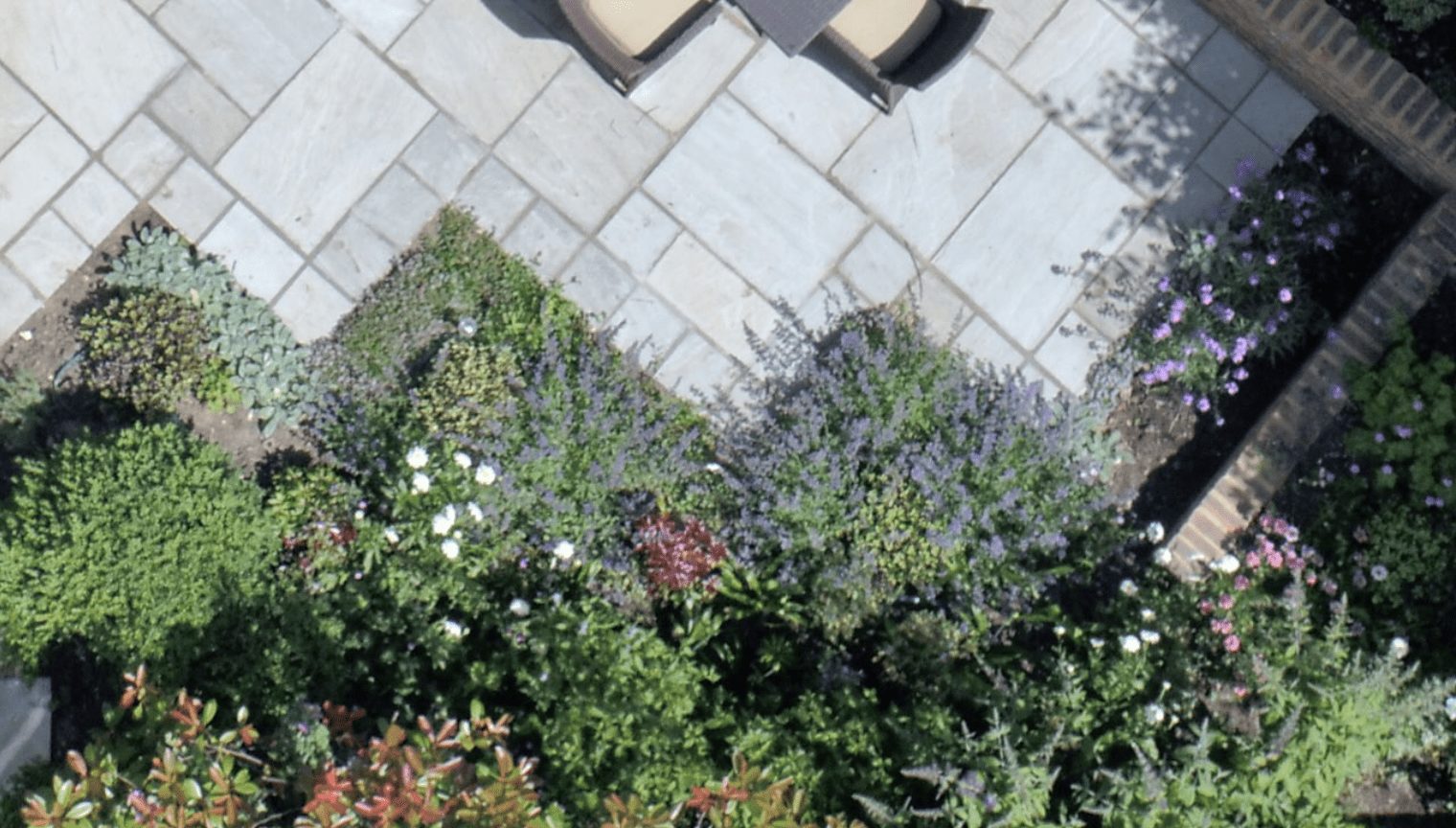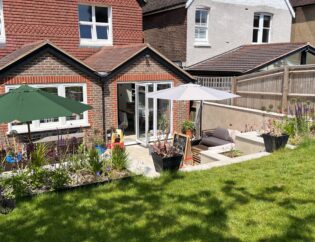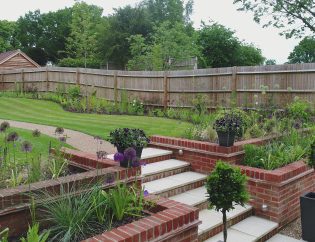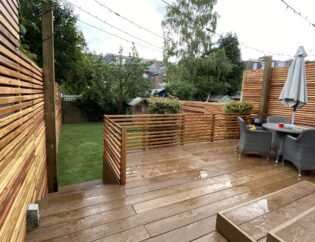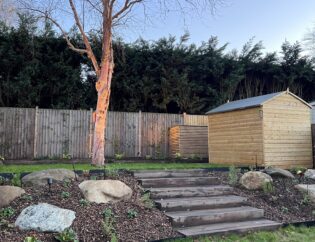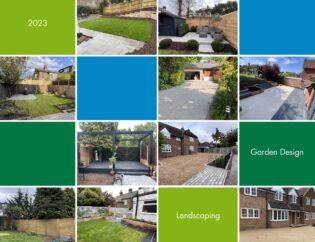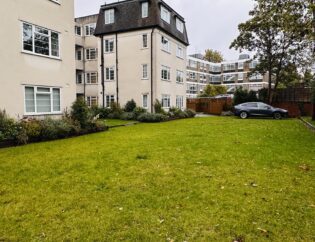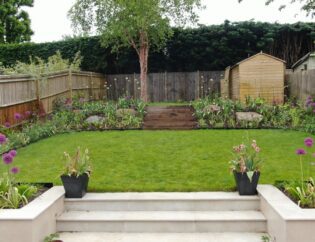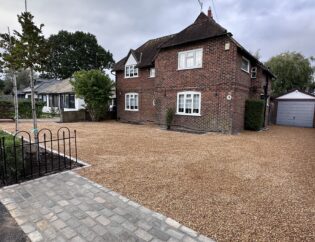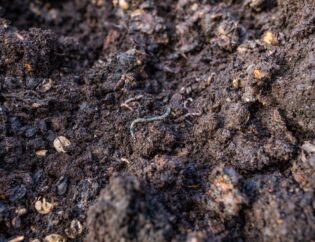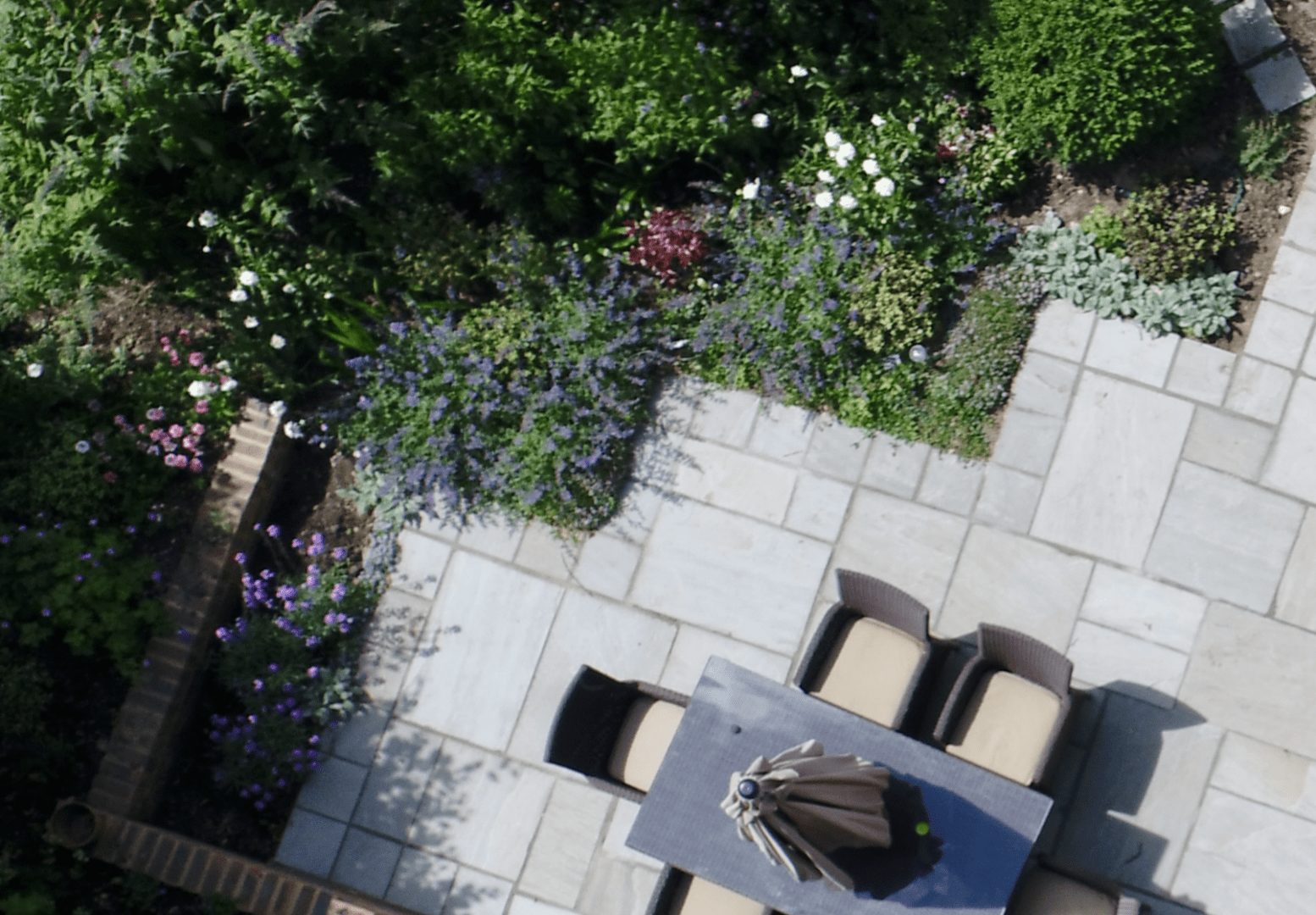
Gardens without grass
Have you ever thought about a garden without grass?
A lush green lawn has long been a staple of traditional gardens. And in the UK, we love our lawns! However, there are several reasons why you might want to explore alternatives to grass. From water conservation and reduced maintenance, to easy access and safe play spaces, gardens without grass make sense for a lot of people. In this post, we look at some ways to garden without grass.
Let's explore the alternatives and see how they can transform your garden into a beautiful outdoor space. With no mowing required!
Paving
Paving is a versatile and durable alternative to grass, that offers a range of possibilities for garden design. With a myriad of materials to choose from, such as natural stone, concrete paving, or even reclaimed bricks, you can create distinct patterns and textures that suit your style.
Firstly, consider creating paved pathways that guide visitors through your garden, connecting various areas and focal points. These pathways can be enhanced with intricate designs or bordered by colourful planting, adding visual interest and complementing the overall aesthetic.
Additionally, a paved patio or seating area can become an inviting space for outdoor gatherings or a peaceful retreat for relaxation. By selecting the right paving materials and incorporating comfortable furniture, lighting, and decorative elements, you can create an inviting outdoor living space that complements your garden's theme. So you can spend less time gardening, and more time relaxing and entertaining!
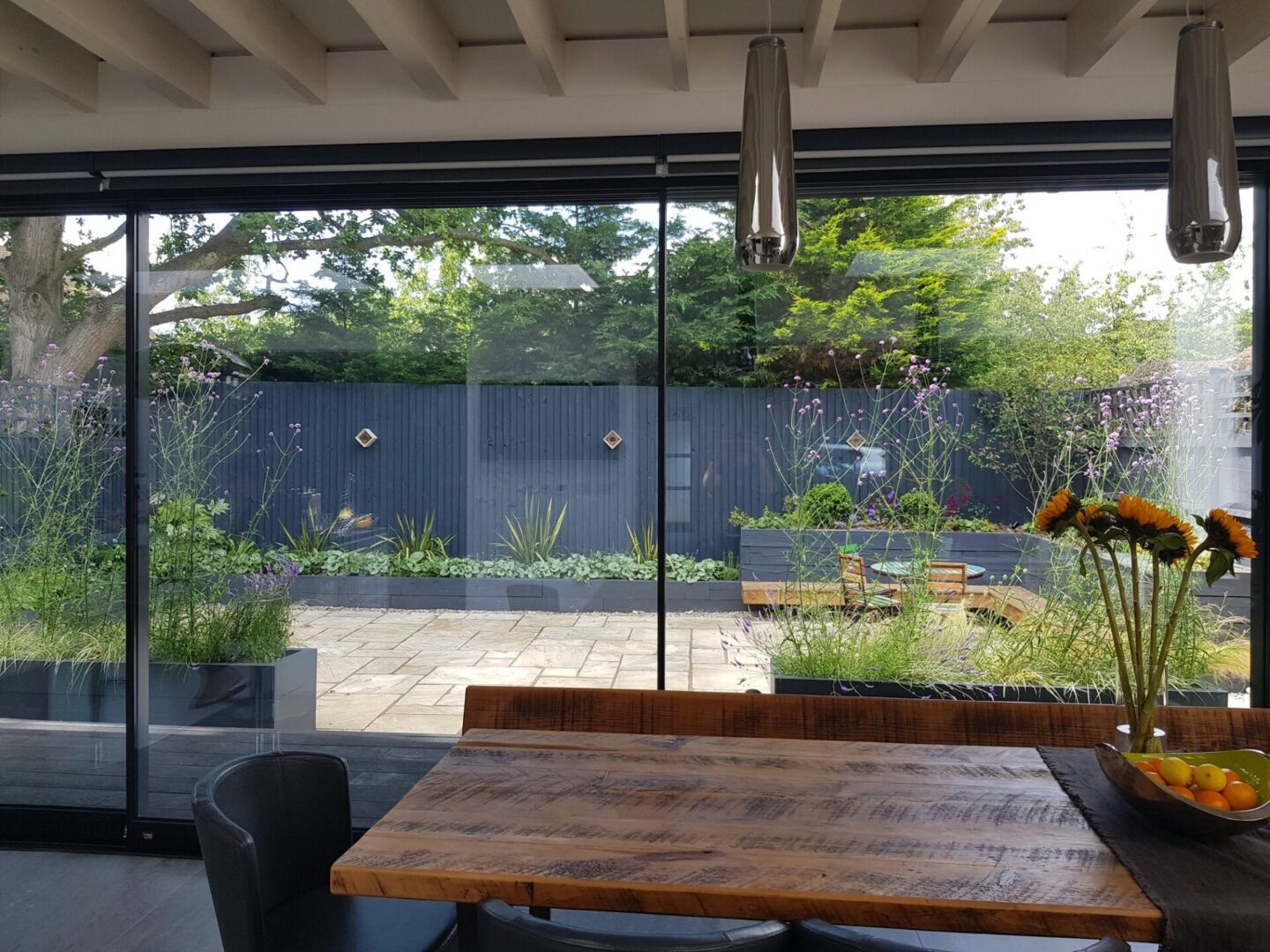
Decking
Whether you prefer natural timber or composite materials, decking can be customised to suit the look of your property. Consider incorporating different levels or built-in seating areas to create depth and interest. And by integrating your deck with existing features, such as trees or water elements, you can blend nature with contemporary design.
Furthermore, decking can be used to create visually striking zones within your garden. For instance, a raised deck can serve as an outdoor dining area, while a sunken deck can provide a cosy lounge space. By adding lighting and comfortable furnishings, you can extend your outdoor living area into the evening hours.
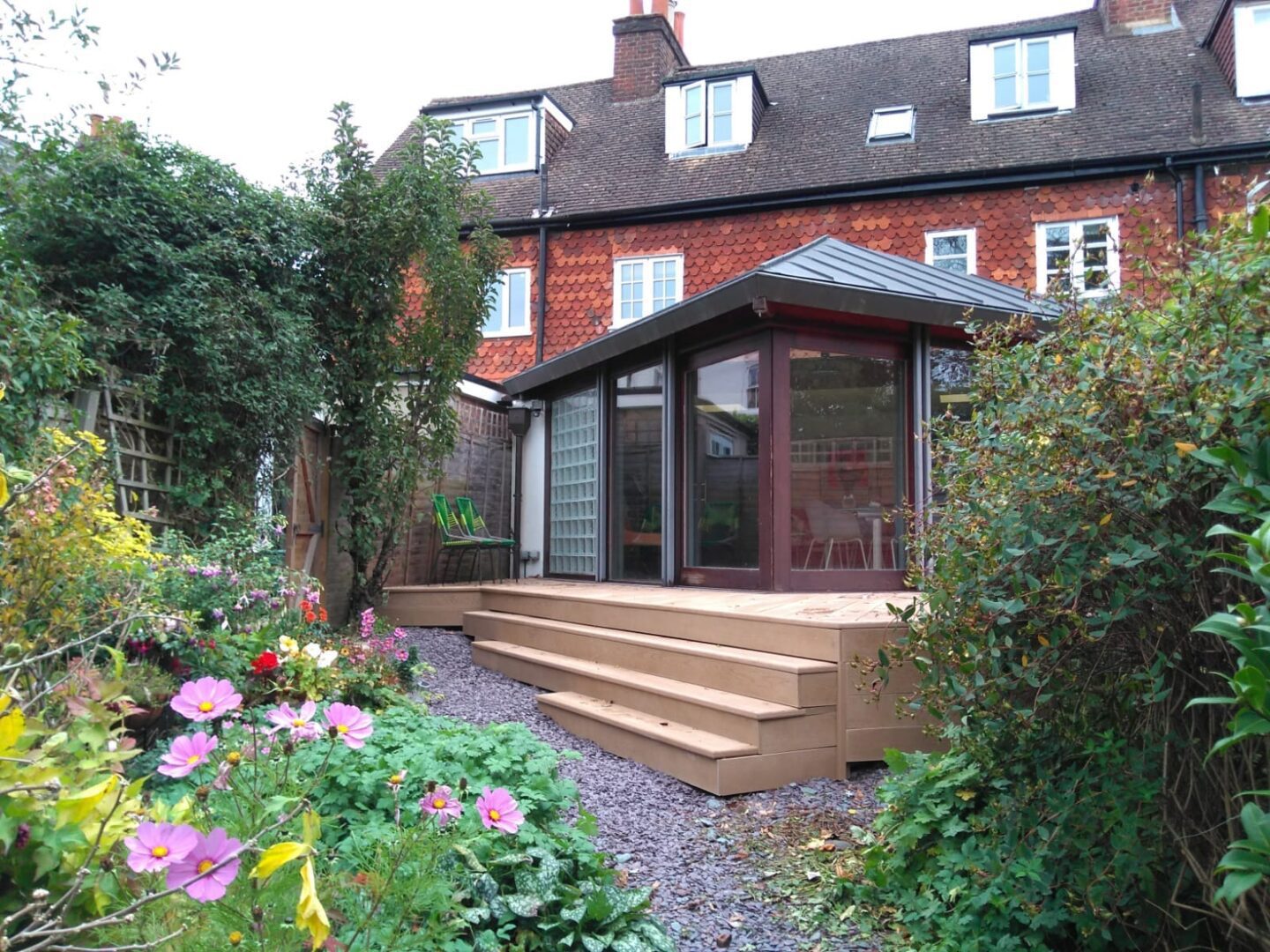
Gravel
Gravel is a versatile landscaping material that can add texture, colour, and functionality to your garden. As with the other materials that we have looked at, you can use it as a primary ground cover, or in combination with other elements. For example, you can plant in gravel. To achieve a Mediterranean look, you can use drought-tolerant plants such as lavenders, hebes, and salvias. Gravel gardens don’t need to be watered or irrigated, so they are ideal for drought-prone areas.
Gravel is often dismissed as untidy and difficult to keep in one place. But you can use gravel grids to stabilise the surface and prevent the gravel from shifting. These grids are made of sturdy materials, such as plastic or recycled materials, and are laid beneath the gravel to create a stable and level surface. Grids eliminate the need for regular maintenance and ensure a safe and even walking surface, by preventing gravel displacement. Gravel grids are particularly useful for areas with heavy foot traffic, such as pathways or driveways, as they distribute the weight evenly and prevent the formation of ruts or uneven surfaces. They are also beneficial for wheelchair accessibility, as the grids provide a stable base.
One of the advantages of using gravel is its ability to create a low-maintenance landscape. Unlike grass, gravel requires minimal upkeep, making it an ideal choice for those seeking a hassle-free garden. It also provides excellent drainage, preventing waterlogging and allowing rainwater to permeate into the soil, promoting healthier plant growth.
When selecting gravel, consider the size, colour, and texture that best suit your garden design. Smaller gravels, such as pea gravel, create a softer appearance, while larger gravels add a bolder and more rugged aesthetic. Colours can range from warm earth tones to vibrant options, allowing you to personalise your garden to your liking.
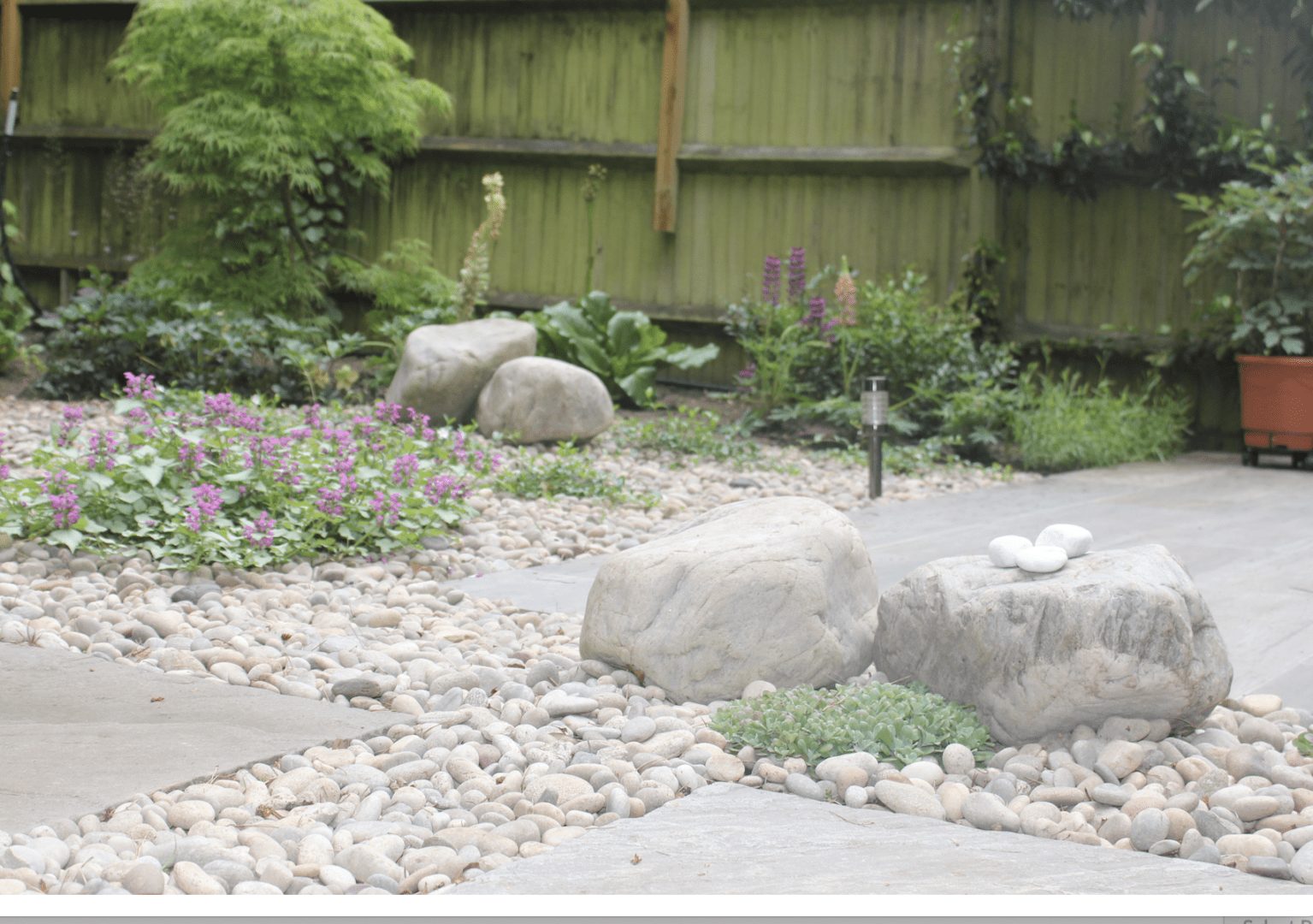
Ground cover plants
Ground cover plants are an excellent option for those seeking to create an eco-friendly and low-maintenance garden. These plants not only provide visual interest but also help suppress weeds, reduce erosion, and promote soil health.
Creeping thyme, chamomile, and Corsican mint release a delightful fragrance when you walk on them. These aromatic ground cover plants create a sensory experience while adding vibrant colours and textures to your garden.
For a more naturalistic look, opt for a combination of native grasses, wildflowers, and moss. These plantings not only require minimal maintenance but also attract pollinators, contributing to a healthy ecosystem.
It's important to select ground cover plants suited to your climate and soil conditions. Some varieties thrive in sunny areas, while others prefer shade or moist environments. Research and consult with local experts to choose the most suitable options for your garden.
Gardens without grass present an exciting opportunity to explore a different way of landscaping. By combining paving, decking, gravel and ground cover plants, you can design a beautiful garden without grass. Blending functionality, aesthetics, and sustainability, you can transform your garden into an inviting space that reflects your style. So, dare to be different, and embark on a grass-free landscaping journey to unlock the full potential of your outdoor oasis!
